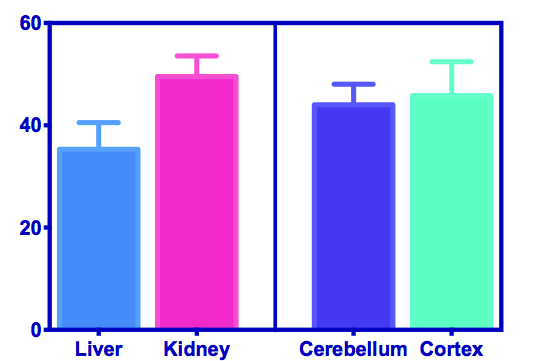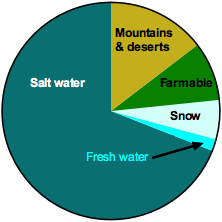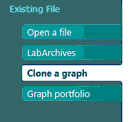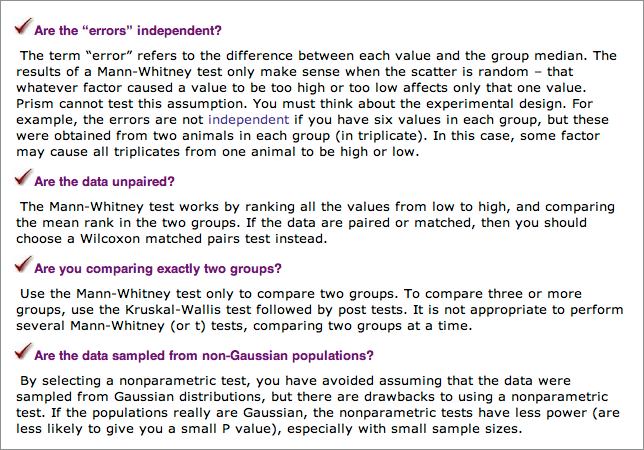Prism
Analyze, graph and present scientific data faster than ever with Prism!






Visualize Data
Make the most out of your data. Quickly produce publication-quality maps with MapViewer’s extensive thematic mapping and spatial analysis features. Distinguish patterns and trends in your data, understand the spatial relationship, and give clients and stakeholders the information they need.
” MapViewer allows me to create maps in minutes! With the software from the competition, I spend many hours. “
Alberto Vargas
San Jose, Costa Rica
Overview
GraphPad Prism, available for both Windows and Mac computers,combines scientific graphing, comprehensive curve fitting (nonlinear regression), understandable statistics, and data organization.
GraphPad Prism was originally designed for experimental biologists in medical schools and drug companies, especially those in pharmacology and physiology. Prism is now used much more broadly by all kinds of biologists, as well as social and physical scientists. More than 200,000 scientists in over 110 countries rely on Prism to analyze, graph and present their scientific data. It is also widely used by undergraduate and graduate students.
Retrace Every Analysis

It isn’t really science unless you can document exactly how your data were analyzed. WIth Prism this isn’t a problem. You’ll never wonder how the results got there. Even if the work was done by someone else, you can review (and change) all analysis choices, and see the sequence of analyses (i.e. that the X values were transformed to logarithms before the curve was fit). Similarly, you can easily check if error bars represent the SD or SEM (or something else).
Nonlinear Regression
Nonlinear regression is an important tool in analyzing data, but is often more difficult than it needs to be. No other program simplifies curve fitting like Prism. In fact, you can usually fit curves in a single step. Just select an equation from the extensive list of commonly used equations (or enter your own equation) and Prism does the rest automatically — fits the curve, displays the results as a table, draws the curve on the graph, and interpolates unknown values.
Place data for multiple data sets side-by-side on an organized data table, and Prism can fit them all the data sets at once. You can fit the same model separately to each data set, use global nonlinear regression to share parameter values among data sets, or fit different models to different data sets.
Don’t be fooled by the simplicity. Prism also gives you many advanced fitting options. It can report the confidence intervals of the best-fit parameters as asymmetrical ranges (profile likelihood method), which are far more accurate than the usual symmetrical intervals.It can also automatically interpolate unknown values from a standard curve (i.e., to analyze RIA data), compare the fits of two equations using an F test or Akaike’s Information Criterion (AIC), plot residuals, identify outliers, differentially weight data points, test residuals for normality, and much more.
Automation Without Programming

All parts of your Prism project are linked. This means that when you fix a data entry error, Prism automatically updates all results, graphs, and layouts. Another advantage is that you can instantly analyze a repeat experiment. After you’ve polished the analysis and graphing steps with data from one experiment, you don’t have to repeat all those steps. Prism provides several ways to recycle your work — to instantly analyze and graph a repeat experiment, without repeating any tedious steps and without requiring any scripting or programming. Prism also offers a scripting language for those who want more complex automation.
Understandable Statistics

While it won’t replace a heavy-duty statistics program, Prism lets you easily perform basic statistical tests commonly used by laboratory and clinical researchers. Prism offers t tests, nonparametric comparisons, one-, two- and three-way ANOVA, analysis of contingency tables, and survival analysis. Analysis choices are presented in clear language that avoids unnecessary statistical jargon.

Unlike other programs, Prism provides understandable statistical help when you need it. Press “Learn” from any data analysis dialog and Prism’s online documentation will explain the principles of the analysis to help you make appropriate choices. Once you’ve made your choices, Prism presents the results on organized, easy-to-follow tables. The Prism documentation goes beyond anything you would expect. More than half of it is devoted to thorough explanations of basic statistics and nonlinear curve fitting, to teach you what you need to know to appropriately analyze your data.
Automatic Error Bars


If you enter raw data, Prism can automatically plot error bars as SD, SEM, range, interquartile range, or 95% confidence interval.
If you computed error values elsewhere, enter them into labeled (SD or SEM) subcolumns. Prism’s analyses (i.e. t test, ANOVA, regression) will take into account the SD (or SEM) and sample size.
A Complete Record Of Your Work

A Prism project file can contain more than data, analyses and graphs. A Prism file can be a complete record of your experiments. Each file can contain any number of data tables, info pages, analysis results, graphs, and page layouts.
Data tables can contain not only the data you analyze and graph, but also the data you decided to exclude, which remain on the data table (in blue italics). You can highlight values you want to review later.
Each info page can store both unstructured notes and structured info constants such as lot numbers, concentrations, notebook page numbers, etc.
Graphs and layouts can be embellished with text, lines, arrows, boxes, tables, equations, pictures and more.
Annotate any page with color-coded floating notes, and highlight (in a color you choose)the names of pages you want to look at again, or want someone else to review.
Save Prism files on your computer or network, or save directly to LabArchives, a cloud-based laboratory notebook.
Analysis Checklists
Once you’ve completed the analysis, Prism’s unique analysis checklists help you make sure you chose an analysis appropriate for your experimental design, and that you understand the assumptions behind the analysis.

Ready To Publish
Prism takes you from raw data to a graph (or layout) ready for presentations, posters or publications. A single click sends completed graphs or layouts to PowerPoint or Word. Copy and paste works too, of course. Export to TIFF, EPS, JPG, or PDF (and more), with all the options you need to satisfy the requirements of scientific journals.
